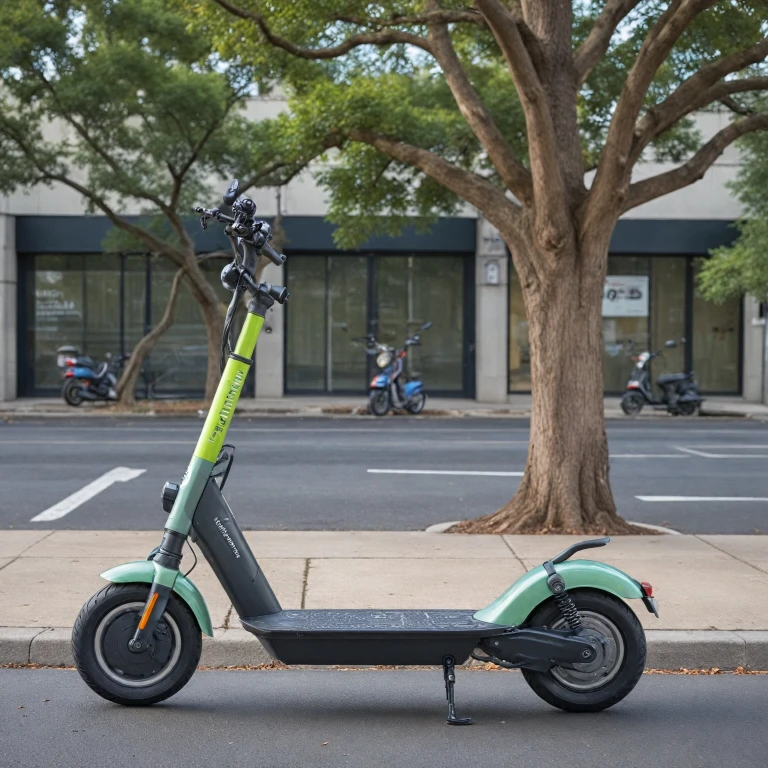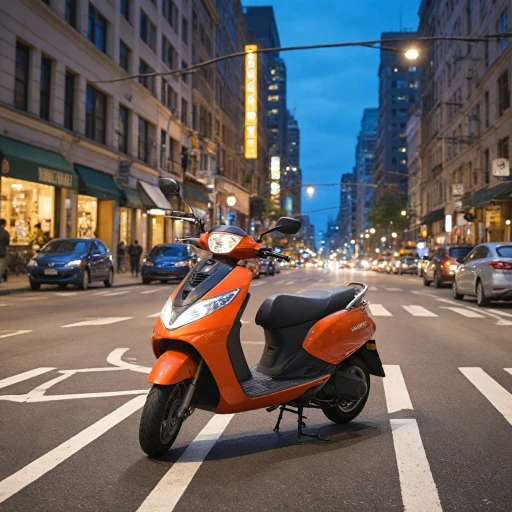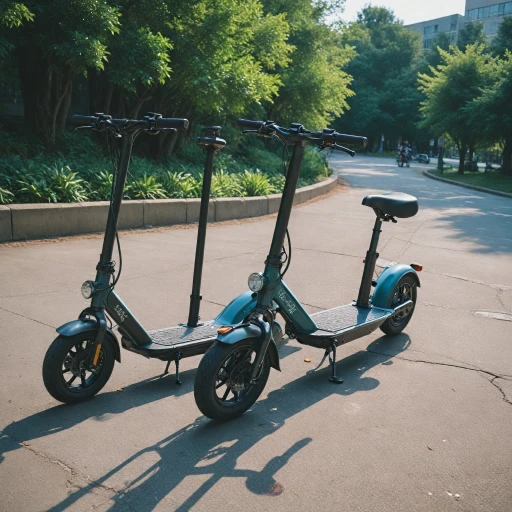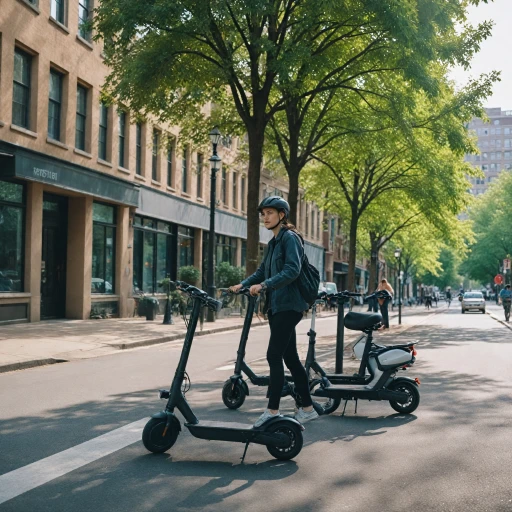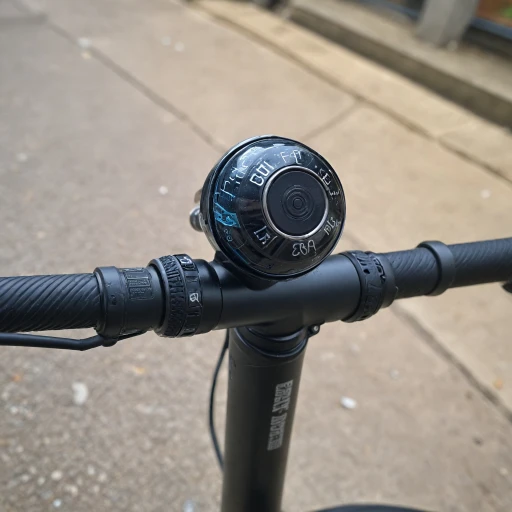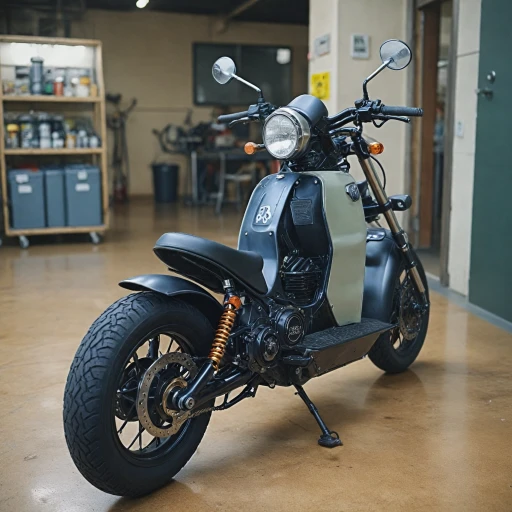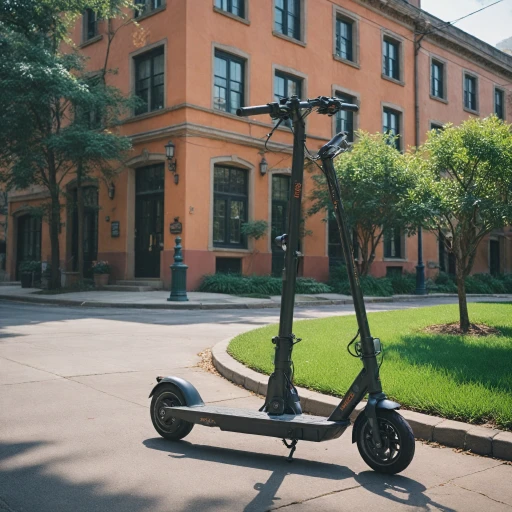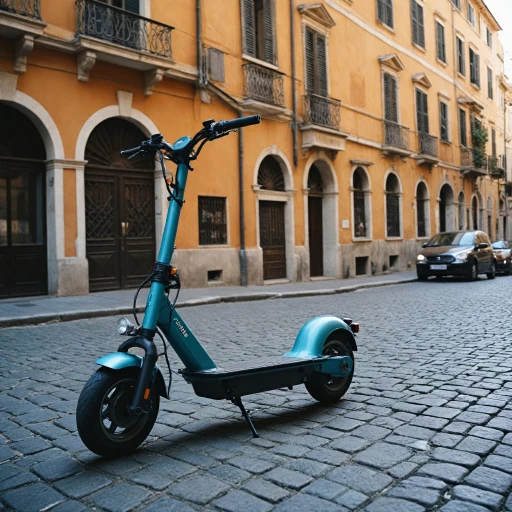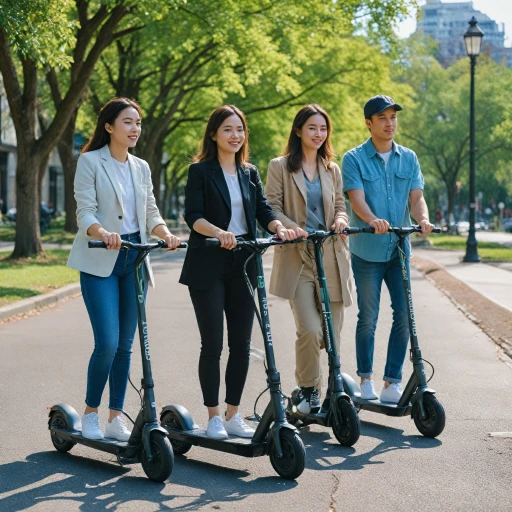
Initial Purchase Price
Breaking Down the Entry Price
The first aspect that stands out when considering owning electric scooters is the initial purchase price. Prices vary depending on numerous factors, including build quality, motor power, battery capacity, and additional features. From cheap electric scooters to high performance premium models, there's a broad spectrum available.
Entry level electric scooters offer an affordable option for those on a tighter budget. These models typically provide basic features with decent speed mph and modest range miles. On the other hand, mid range models strike a balance between performance and cost, providing increased battery life, better range, and higher top speed. Premium models are equipped with advanced features, offering superior performance, longer range, and even off-road capabilities.
Electric scooters can still vary widely in terms of performance and price, with these entry models starting around $300 and high-end options surpassing $2000. Meanwhile, buying second hand may offer significant savings but requires careful consideration of factors like scooter battery condition and overall wear and tear.
Choosing the right model involves evaluating your personal use case, such as the daily commuting distance, desired speed, and specific top features. For thorough insights on choosing the best electric scooter to suit your needs, consider looking into our guide on understanding the essential parts of electric scooters.
Battery and Charging Expenses
Understanding Battery Life and Charging Requirements
Navigating the costs associated with owning electric scooters involves a keen understanding of battery life and charging requirements. One of the primary considerations when determining scooter cost is the battery capacity and its impact on the scooter's range miles. This factor directly influences how far you can go on a single charge, impacting both convenience and overall performance. Electric scooters come with varying levels of battery capacity, which affects the range electric one can expect from the vehicle. Entry-level scooters usually possess limited battery capacities, leading to shorter ranges. However, premium models offer extensive range miles thanks to high-performance batteries.- Battery Capacity: Mid range and high-performance scooters boast larger batteries, granting them increased range and enabling them to achieve faster top speeds, often reaching up to 30 mph or more.
- Charging Frequency: Consistent use of your electric scooter will necessitate regular charging. The efficiency of the battery will also dictate the frequency of these charging sessions.
- Charging Costs: Charging your scooter, while generally cost-effective compared to fueling a car, can add up over time. This especially holds true for models with larger batteries or those used for longer commutes.
Maintenance and Repairs
Regular Upkeep to Extend Your Scooter's Performance
Maintaining an electric scooter is key to preserving its performance and extending its life span. Unlike cars, electric scooters require relatively simple maintenance, but overlooking these can lead to increased costs or reduced efficiency. Regular checks are recommended on some components. Tires need frequent inspection, as damage or deflation can affect the scooter's range miles and speed mph. Proper tire inflation can also enhance the riding experience and the overall performance of the scooter. The scooter battery, pivotal to how far an e-scooter will take you in range miles, is another element that needs attention. Most premium models have lithium-ion batteries, known for better battery life and efficiency. However, they may still degrade over time, reducing both speed and range. It is advisable to follow charging guidelines to maximize life span and performance. Referencing this guide can provide additional insights into essential components, playing a vital role in maintenance strategies. Brakes are another priority. Ensure the braking system is functional and well-maintained, as worn-out brakes can compromise safety. Regular cleaning of the scooter, especially electric components, is necessary to avoid damage from dust or moisture. High performance and premium models may require more intricate maintenance steps. Owners should consult the user manual or professional services for detailed procedures that match their model. While costs for maintenance are generally lower than other forms of transportation, these routine practices are essential for keeping repair expenses at bay. Regular maintenance not only optimizes scooter cost efficiency but also ensures your electric ride stays reliable for years, potentially offering more significant long-term savings.Insurance and Licensing
Insurance and Legal Considerations for Electric Scooters
When venturing into the world of electric scooters, it's essential to consider the insurance and legal requirements that come along with owning one. Unlike conventional vehicles, the requirements for electric scooters vary widely depending on the region, so it's crucial to be informed about local stipulations. Firstly, you may wonder whether insurance is necessary. While many places do not mandate insurance for electric scooters, it can offer peace of mind. Insuring your scooter can shield you against theft, accidents, and damage to third-party property, which can be financially beneficial in the long run. For those considering more expensive, premium models with high performance and top speeds, insurance might be a prudent addition to your budgetary planning. Check with local providers to understand the costs and coverage options that fit your scooter’s performance and price range. Licensing requirements are another consideration. Some regions oblige riders to hold a specific license or permit, especially for scooters that exceed certain speed limits or motor power thresholds. Mid-range to high-end electric scooters often feature motors pushing beyond the standard entry-level speeds of around 15 mph, reaching top speeds of 20-30 mph, and may require a more rigorous licensing process. Here are a few points to keep in mind:- Legal Compliance: Familiarize yourself with local laws regarding helmet use, light requirements, and riding on public roads.
- License and Permits: Check if a special permit is needed if your scooter exceeds the speed mph or motor power limits specific to your region.
- Insurance Options: Investigate the cost of insuring your electric scooter to safeguard your investment and understand the legal obligations related to insurance.
Cost Comparison with Other Transportation
Comparing Financial Outlays with Other Transport Modes
When evaluating the long-term financial commitment, it's essential to compare electric scooters with conventional transport modes. Here are some key points to consider:- Initial Investment vs. Cars: Owning an electric scooter entails a much lower initial purchase price than buying a car. Even entry-level or mid-range models suffice for the typical commute, where premium models like high performance scooters could parallel the sophistication of city cars without the hefty price.
- Fuel vs. Charging Expense: While cars incur fuel costs, electric scooters rely on battery charging. The cost of electricity is relatively lower; thus, charging costs are minimal. Also, increased battery capacity offers a substantial range, leading to fewer charging instances.
- Maintenance : Scooters generally involve less maintenance than cars. With fewer mechanical parts, an electric scooter is simpler and cheaper to maintain. For reference, our coverage on maintenance and repairs highlights that these expenses typically remain lower than for traditional vehicles.
- Insurance Considerations: Insurance costs will vary based on local regulations. However, insuring an electric scooter is often more budget-friendly than insuring a car.
- Top Speed and Performance: On a cost basis, cars usually exceed scooters in top speed capabilities. However, for urban commuting where high speed isn’t always necessary, scooters at 20-30 mph excel in efficiency and cost-effectiveness.
- Environmental and Long-Term Savings: While not directly financial, the reduced environmental impact of electric scooters can result in future savings through tax incentives or lower fees.
Long-term Savings and Environmental Impact
Long-term Financial Benefits and Environmental Considerations
When considering the financial aspects of owning electric scooters, it's essential to look beyond the initial purchase price and immediate costs. Over time, electric scooters can offer significant savings compared to traditional vehicles. While the upfront cost might seem substantial, especially for high-performance or premium models, the long-term savings can be substantial.
One of the primary areas where electric scooters excel is in their low maintenance and repair costs. Unlike cars, which require regular oil changes and other engine-related maintenance, electric scooters have fewer moving parts, reducing the likelihood of costly repairs. The scooter battery, while needing eventual replacement, typically lasts for several years, depending on the battery capacity and usage patterns.
Moreover, the cost of charging an electric scooter is considerably lower than fueling a car. With advancements in battery technology, many models now offer impressive range miles per charge, allowing for extended use without frequent charging. This efficiency translates into lower energy costs over time, making electric scooters a budget-friendly option for daily commuting.
Additionally, electric scooters contribute positively to the environment. By choosing an electric scooter over a gas-powered vehicle, you reduce your carbon footprint, supporting a cleaner and more sustainable future. This environmental impact is an important consideration for many consumers who are increasingly aware of their ecological responsibilities.
In conclusion, while the initial investment in an electric scooter might seem daunting, the long-term financial benefits and positive environmental impact make it a worthwhile consideration. Whether you're looking at entry-level models or high-performance options, the potential for savings and sustainability is significant.
